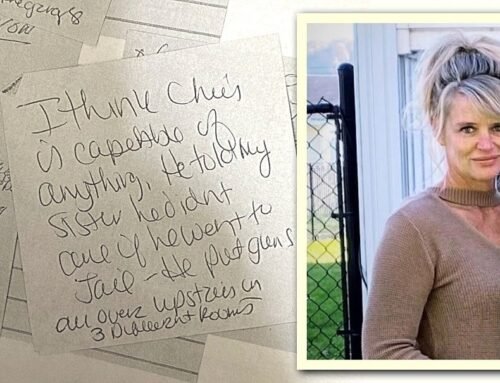The science of rip currents
Rip currents are powerful, narrow channels of fast-moving water that are prevalent along the East, Gulf, and West coasts of the U.S. Moving at speeds of up to eight feet per second, rip currents can move faster than an Olympic swimmer. Lifeguards
Rip currents are powerful, narrow channels of fast-moving water that are prevalent along the East, Gulf, and West coasts of the U.S. Moving at speeds of up to eight feet per second, rip currents can move faster than an Olympic swimmer. Lifeguards
Beaches in the United States may be less clean than swimmers would hope, a new study finds.
Almost 60 percent of 4,523 U.S. beaches tested for water pollution last year had fecal contamination levels high enough to put swimmers at risk of falling ill on one day or more, researchers write in the “Safe for Swimming?” report released on Tuesday by Environment America Research & Policy Center and Frontier Group.
Waters across the U.S. were tested, from the Pacific and Atlantic Ocean coasts to the Gulf of Mexico, Great Lakes and Puerto Rico, researchers said. Of more than 4,000 sites tested, 610 were potentially unsafe a quarter or more of the days sampled, the report said. Click here to read the report and here to search for potentially contaminated beaches.
“Swimming at the beach is a prime summertime joy for millions of Americans, but clearly we have more work to do to make sure water at all our beaches is safe,” John Rumpler, Environment America’s Clean Water Program director, said in a statement.
How does one define “unsafe” levels of poop contamination?
The researchers said they deemed sites “potentially unsafe if bacteria levels exceeded the U.S. Environmental Protection Agency’s most protective … threshold, which the EPA suggests states use as a ‘conservative, precautionary tool for making beach notification decisions.’” That level of contamination would result in an estimated 32 in 1,000 swimmers falling ill, the report said.
Researchers said U.S. swimmers suffer around 57 million instances of waterborne illness every year, with fecal contamination that taints swimming water coming from leaking sewage, industrial livestock operations and urban runoff.
“It’s hard to believe that 47 years after we passed the Clean Water Act that we are still concerned with poop in the water when people want to go swimming,” Rumpler said, according to USA Today.
Heat can exacerbate the problem, CNN reports.
“When it gets hot, it gets easy for bacteria to grow in the ocean,” said Dr. Alison Huffstetler of the Georgetown University School of Medicine, according to CNN — though Huffstetler cautioned that “there has to be a lot of contamination to have a real impact on people going to the beach … There’s absolutely bacteria in the water every time you get in.”
Researchers said 466 of 584 beaches tested in California were potentially unsafe at least once in 2018, with Los Angeles County’s Inner Cabrillo Beach in Los Angeles County testing as potentially unsafe for 85 days, the highest of any in the state.
In Florida, 180 of 263 beaches sampled were potentially unsafe at least once last year, with a sample taken from Bayou Texar in Escambia County showing the most potentially unsafe days at two dozen, researchers said.
Of North Carolina’s 213 sampled beaches, 127 came back as potentially unsafe at least once last year, with a sample taken from Beaufort County coming in worst at potentially unsafe for 11 days, the researchers said. Of South Carolina’s 122 sampled beaches, 55 were found to be potentially unsafe on at least one occasion, the worst being Withers Swash in Horry County, where there were 32 days of potentially unsafe waters.
And in Washington state, 89 of 215 sampled beaches were potentially unsafe at least once last year, with Sooes Beach samples taken in Clallam County testing as potentially unsafe for seven days, researchers said.
But those states’ records might still be better than in Illinois, where “all 19 beach sites sampled exceeded the margin of safety for fecal bacteria recommended by the EPA. At one location at South Shore Beach in Cook County, bacteria levels were high enough to put swimmers at risk on 93 days,” researchers said in a news release on their findings.
“This is a problem we can solve,” Rumpler said, according to HuffPost. “Most of this beach pollution comes from runoff and sewage overflows, and by investing in smart kinds of green infrastructure we can prevent this pollution and keep our beaches safe for swimming.”






Leave A Comment